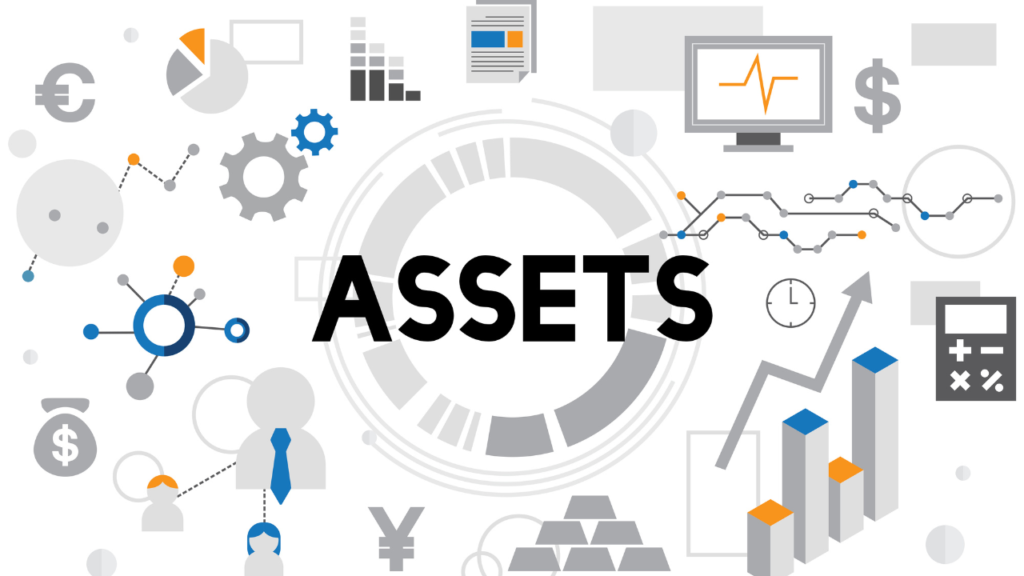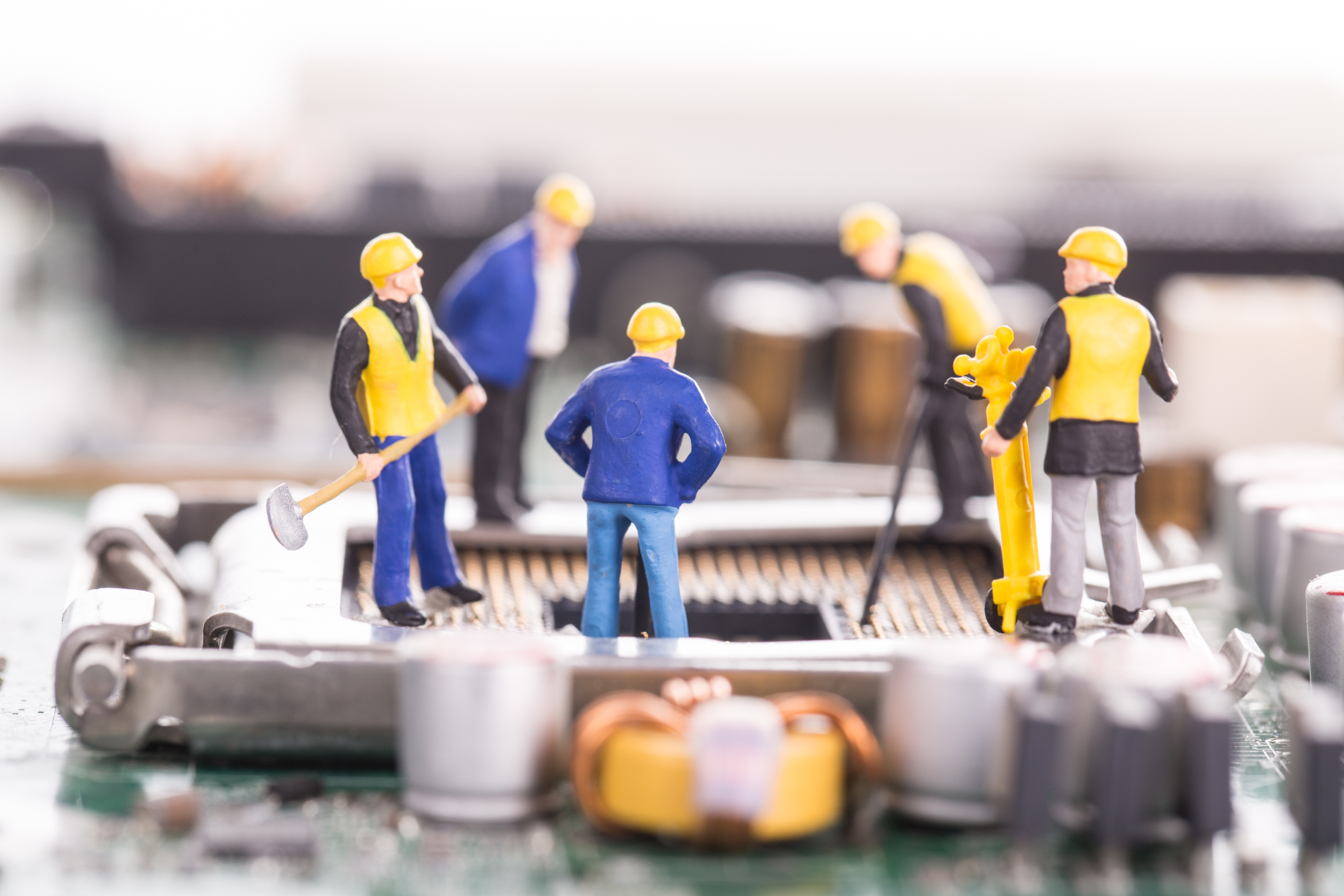Asset Performance Management Improvement by the Numbers
John Yolton, Principal at FOG Group
Posted 02/21/2023

Supply and demand out of phase, finished goods and raw materials supply chains disrupted, energy costs instability, and skilled workers shortages are all common concerns across the globe. Solutions for relief are paramount. In these troubling times of global financial uncertainty any improvements in how we operate our equipment is sought. It is said that the product of asset management (AM) is reliability, that is, poor management equals poor reliability and good management practices will provide good equipment reliability.
Providing good reliability while effectively and efficiently managing the resources of asset management is the goal of the maintenance effort. The goal can be stated as ‘better reliability at less cost’.
The journey to asset performance improvement begins with a starting point and continues to an envisioned destination.
- Do you know your starting point?
- Do you have a destination goal in mind?
A survey based upon a series of benchmarking questions relating to reliability and cost issues was developed and implemented by a major industrial OEM. The survey questions have since been asked at over 1500 sites, from all industries.
This process involves collecting responses and then comparing those responses with published best practices to identify a site’s opportunities for improvement in their maintenance and their reliability programs supporting improvement in asset performance management. Some improvement potential is also noted when the individual site responses are compared to others within the industry and whenever applicable to other sites from the same company.
Using this information then, the future asset management vision (destination) is closely connected to the ‘best practices’ used as the basis for comparisons.
For example, in response to the question about how much maintenance overtime is currently required at your site to provide the current level of reliability will indicate whether you have an opportunity for improvement when compared to industry ‘best practices’. This then becomes a comparison of the ‘as is’ versus the ‘to be’ or the ‘current state’ versus the ‘future state’, or the ‘starting point’ and ‘destination’.
Overtime
The tables displayed shows the actual information from data for global Pulp & Paper sites surveyed.
| % Maintenance Overtime | |
| Not Measured | 5.8% |
| Poor | 9.1 |
| Good | 28.5 |
| Better | 28.4 |
| Best | 27.8 |
Clearly, as an industry, global pulp and paper expend a lot of overtime effort (43% of the mills polled have more than 10% overtime, while another 28% have improvement possibilities) to provide the level of asset performance experienced in their mills. This suggests that if the asset management effort is somehow improved, through better practices, that significant cost savings, from reduced levels of overtime, are possible.
Repair Material Inventory
Another measure of your mill’s opportunity for improvement is your level of MRO (Maintenance, Repair and Operating) inventory compared to your ERV (Estimated Replacement Value), a standard benchmark used throughout the manufacturing community.
| MRO Value vs Site ERV | |
| Not measured | 4.8% |
| Poor | 16.4 |
| Good | 21.2 |
| Better | 12.7 |
| Best | 37.0 |
As an industry pulp & paper carries too much repair material and supplies and plenty of opportunity exists, when managed effectively, to reduce the amount of working capital spent to keep the existing level of reliability. Some 91% of all reporting mills exceed 0.8% MRO inventory compared to their ERV.
While the solution to achieve best practice levels of inventory may not be easy, the reward for actions taken to keep lower inventory levels is tremendous. Assume for example that your site has an estimated replacement value of $250 million and your inventory level is 1.0%, which based upon this data is not uncommon.
Suppose you take measures to reduce inventory, for example, identify too many duplicate parts, and you are able to reduce your ratio to 0.8%. That represents a $500,000 reduction in working capital and, depending upon your inventory carrying charges[1], another potential $125,000 in expenses.
Reducing dependence on excessive MRO inventory, as a safety measure, then becomes an asset management improvement.
Operator Care
One other area that seems to be an improvement potential across the industry is with the involvement of operators in reliability, e.g., Operator Driven Reliability (ODR) or Basic Care.
| Operator Care | |
| Not Measured | 32.7% |
| Poor | 9.7 |
| Good | 7.6 |
| Better | 11.5 |
| Best | 30.9 |
Using all the resources available to help reduce equipment failures is a best practice being employed throughout industry around the world. Those that practice higher levels of operator involvement with better availability and lower costs enjoy a competitive advantage over those that do not.
The number of global pulp and paper sites using some form of operator care at their facilities is increasing, which is a positive development, however, in the survey we ask the percent of compliance to the established program.
The results show plenty of room for performance improvement.
66% of responses indicate less than 70% compliance with existing programs and of this 32% are not even measured. The old saying, ‘you cannot manage what you do not measure’, is appropriate for this asset performance management best practice.
It has been proven that using operators to help identify failing equipment is one more tool for increasing reliability. Those that have a program and adhere to its rules and schedules clearly have competitive advantage over those that do not.
In your facility what would be the benefit of ‘catching’ just one failure before it caused unscheduled downtime?
The intent of an ODR program is to alert operations and maintenance to potential failures by observing conditions and noting abnormalities. Of course, automating this process helps keep resource costs down while improving data accuracy. Asset performance management includes effectively utilizing all the resources available.
Rework
How well do your maintenance workers perform their assignments?
One measure of this effectiveness is the amount of rework that is typically performed.
| % Rework | |
| Not Measured | 42.1% |
| Poor | 3.9 |
| Good | 11.2 |
| Better | 13.6 |
| Best | 28.2 |
As an example of the benefit of assuring that your workers are properly armed with the right knowledge, tools, and replacement parts so that the work performed is done so correctly, suppose, for example, that your rework level has been measured at 10% of total work performed. That means then that 10% of your labor resources cost and perhaps some portion of replacement materials costs are wasted. And if the job being performed is during a downtime and the rework extends the asset outage you can factor in that lengthened downtime costs as well.
Asset management includes doing the right work well.
Training is generally the issue here, but it could very well be that improper planning or supervision occurred.
Not surprisingly 42% do not even measure this important indicator and clearly 71% indicate there is an improvement possible in this metric.
Maintenance Productivity
One measure of worker productivity that has been widely employed and accepted is that of so-called ‘wrench time’ analysis.
Some time ago TAPPI, Technical Association of the Pulp & Paper Industry published a guideline for performing what they called a Statistical Activity Survey (SAS).
| Maintenance Labor Productivity | |
| Not Measured | 52.7% |
| Poor | 4.8 |
| Good | 10.3 |
| Better | 10.0 |
| Best | 19.7 |
The intent of the exercise is to determine what is preventing your workers from fulfilling their assignments in a timely fashion, e.g., what obstructions or delays, generally imposed by improper Process or legacy Culture can be reduced or eliminated so that the work can progress effectively and efficiently?
Not surprisingly nearly half of all the paper mills responding have not measured their workers’ wrench time.
Less than 20% of those responding have measured wrench time exceeding 50%, the best practice for this metric.
To illustrate the value of this management tool, suppose your workers are currently measured at 25% wrench time.
Steps are taken to improve this effectiveness by eliminating some non-value adding time through better planning and scheduling, including assuring that the right parts and tools are identified beforehand and that the right equipment is secured at the right time, as scheduled.
As a result of your focused management efforts the wrench time of your workforce has improved from 25% to 35%, not an unreasonable expectation.
Take that 40% improvement and multiple that by the number of asset management knowledge workers at your site and you can begin to imagine the benefits of adding the equivalent of ‘x’ number of workers to your staff.
That is the value of understanding your productivity levels and the reasons causing inefficiencies. Working smarter not harder is a promising objective.
Asset performance management includes taking actions to improve efficiency.
Root Cause Analysis (RCA)
Root cause analysis is the process of determining what corrective actions can be taken to eliminate equipment failures and process disruptions leading to unplanned downtime, safety, and environmental concerns.
| Root Cause Analysis | |
| Not Measured | 12.4% |
| Poor | 36.7 |
| Good | 6.7 |
| Better | 11.2 |
| Best | 31.5 |
While condition monitoring contributes to identifying potential failures and allows you to act before catastrophic unplanned downtime occurs, ‘predicting’ failures does not ‘eliminate’ failures, which is the goal (or destination) for any operation.
From the data collected less than 50% of pulp & paper mills surveyed regularly and routinely perform RCA on events leading to operational difficulties, including downtime. 12% of respondents do not perform RCA and the remainder, more than one-half, fail to apply consistent discipline to this ‘proactive’ failure elimination process.
The journey to asset performance management improvement includes applying discipline to root cause analysis and following through on recommendations from the process.
Benefits Calculation
Using an example of a ‘typical’ integrated market pulp and paper mill with the following attributes:
| $ 650 M | – RAV/ERV |
| $276,500,000 | – Annual Sales |
| 200 | – Maintenance Workers |
| $ 28 M | – Maintenance Budget |
| 85% | – Asset Availability |
| 160,000 | – Tonnes per year Paper |
| 490,000 | – Tonnes per year Pulp |
| $ 11 M | – MRO Inventory |
| 15% | – Overtime |
| 25% | – Wrench Time |
| 6% | – Rework |
We can evaluate the potential added value of striving to achieve industry best practice to improve asset management based upon benchmarks, available through the evaluation process.
Table – Benefits Calculation
| Parameter | Benchmarks / Goals | Our ‘typical’ Mill | Potential Savings |
| MRO Inventory vs ERV | Less than 0.3% | 1.7% reduced to 0.8% | $1.45M |
| Overtime | Less than 5% | 15% reduced to 0.7% | $1.11M |
| Wrench Time | More than 50% | 25% increased to 35% | $4.62M Equivalent FTE |
| Rework | Less than 4% | 6% reduced to 4% | $0.3M |
| Total Potential | $7.48M |
Of course, one would also expect the pulp mill and paper machine availability to improve through more effective and efficient maintenance effort thus improving throughput (incremental capacity) in addition to the savings shown in the table.
Availability
Another important indicator of asset performance improvement is the level of production equipment availability ‘before’ and ‘after’ any attempts to achieve better reliability.
In this chart we have displayed the responses from global pulp and paper mills.
37% of the responding mills have sustained better than 93% availability which means that a lot of potential production is lost due to non available machine time some of which could very well be corrected with good asset management practices, such as: condition monitoring, root cause analysis, planning & scheduling, etc.
Table – Availability – Global P&P
| Availability | |
| Not Measured | 5.2% |
| Poor | 9.1 |
| Good | 7.9 |
| Better | 41.2 |
| Best | 36.4 |
While the circumstances in global pulp and paper markets today such as too much supply for too little demand for certain grades might not be ideal for the task of improving availability thus increasing capacity, or reduced cost per tonne, there is always competitive advantage for the most efficient production facilities.
Embracing the concept of performing the right tasks, with the right people and the right tools and materials at the right time for the right reasons will get you better machine uptime.
Improved asset performance management provides more uptime for operations.
Conclusion
These are only a few examples of potential for improving reliability while reducing the cost of resources.
These are admirable goals for any manufacturing facility and can very well be the future for improving the asset performance effort.
Is it easy to ‘make the place run better’ and ‘manage the resources better’? Definitely not!
It is a long and arduous journey. Like any journey, though, you need to know the starting point (as is) and your destination (to be) so you can best determine which route ultimately delivers your expectations.
There is one certainty, asset performance management at a site striving to improve is a lot brighter than one that continues to do the same old things but expects different results.
The evaluation process is a tool to help plan your journey to improved asset management.
Do you know your starting point, or your intended destination?
[1] Carrying costs are sometimes a contentious subject. The tendency at most businesses is to undervalue this figure. Since this figure represents an overhead that can and should be controlled, a good understanding of its constituent parts is necessary. There are eight generally agreed upon components to carrying costs. These are: Acquisition Costs, Handling Costs, Interest Charges, Inspection Costs, Obsolescence, Depreciation, Storage Costs, Insurance. It is necessary to know the cost of each of these items to calculate an accurate carrying cost figure for each location.

John Yolton
John Yolton has a long history with manufacturing, spending the first 23 years of his career in the pulp and paper industry at various locations, including corporate for the largest P&P company at the time, followed by 35 years working for various companies providing products and services to different manufacturing industries globally. John can be contacted via LinkedIn.
Related Articles

Get Where You Want to Go: Operator Driven Reliability

The Top 10 Improvements to Pursue in Your MRO Spare Parts Program




